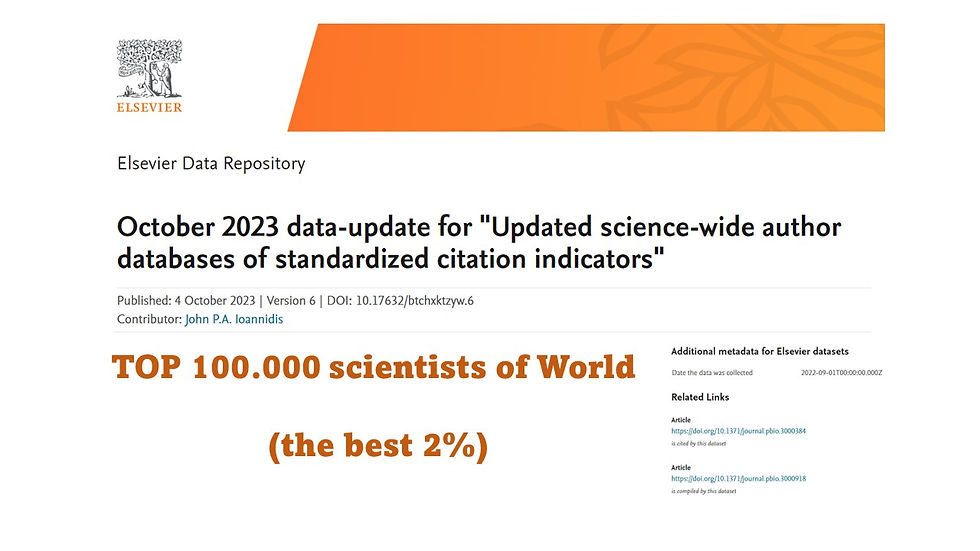Porque há Variação na Polinização ao Longo do Tempo? Estudo de Ecologia-Química de parceria UFU/Unic
- A Ciência que nós Fazemos
- 1 de ago. de 2017
- 2 min de leitura
Um estudo que acaba de ser publicado na importante revista internacional, FLORA - da Alemanha, explica como a variação na abundância de recursos florais ao longo do tempo, influi na abundância dos visitantes florais e dos resultados das polinizações.

http://dx.doi.org/10.1016/j.flora.2017.07.015
O estudo: Characterization of Malpighiaceae flower-visitor interactions in aBrazilian savannah: How do floral resources and visitor abundancechange over time, de autoria de
Gudryan Jackson Barônio (UFU/aluno Pg Ecologia), Muhammad Abdul Haleem (IQ/ aluno Unicamp), Anita Jocelyne Marsaioli (Profa. IQ Unicamp) e Helena Maura Torezan-Silingardi (Prof. INBIO UFU - PG Ecologia e PG Biologia Vegetal).
A Profa. Helena Maura orientadora desse estudo de mestrado de Gudryan Barônio, explica que o sincronismo floral entre diferentes espécies é uma estratégia eficaz de reprodução vegetal que diretamente garante as inter-relações entre polinizadores e plantas ao longo do tempo. Como mostra o resumo do estudo:
The plants of Malpighiaceae are diverse and produce specific floral resources that provide a parameterof habitat quality for oil-collecting bees. We studied three species of Malpighiaceae from the Braziliansavannah, Banisteriopsis campestris, B. malifolia and Peixotoa tomentosa, and investigated (I) the quanti-tative and qualitative composition of floral resources and (II) the temporal distribution of floral visitorsaccording to plant phenology. We used gas chromatography and mass spectrometry to determine thechemical composition of floral oil. We also quantified pollen weight and oil volume, and registered floralvisitors and plant phenology. The floral resources varied quantitatively and qualitatively among plantspecies. The 31 observed bee species showed different preferences for the plant species, which also wererelated to reproductive periods and floral resources of the plants. According to sequential flowering ofco-occurring species of Malpighiaceae, we argue that the qualitative and quantitative similarity of floralresources (oil and pollen) and their availability for bees throughout the year, benefits these interactionsbetween plants and bees.© 2017 Elsevier GmbH. All rights reserved.
Parabéns aos colegas! Um abraço de A Ciência que nós fazemos!







Discover life-changing adventures with a beautiful partner by using our Dwarka Escorts. We give you instant access to a spectacular array of local people who are known for their grace and charm. Discretion and customer happiness are our top priorities, so you can expect a flawless experience. Find the ideal fit to satisfy your needs and make every occasion more special.
dddd
I was able to download my encumbrance certificate (EC) easily from the TNREGINET website.
The uidai portal is very useful for Aadhaar updates, downloads, and verification.